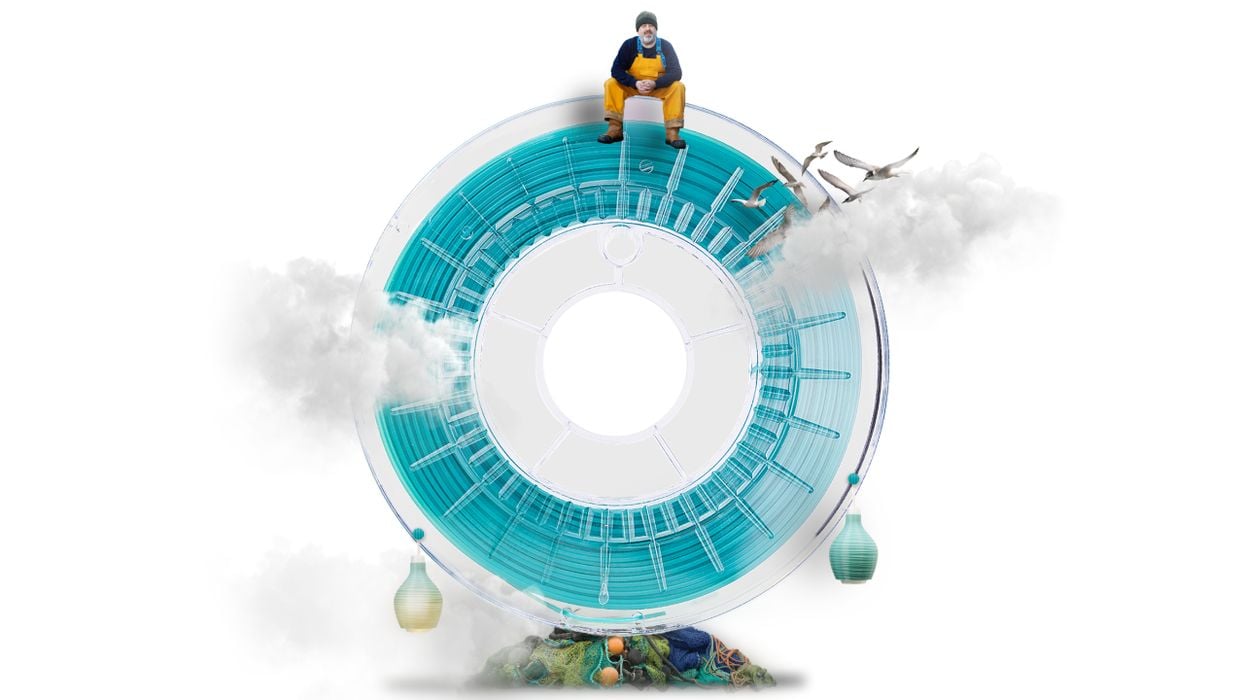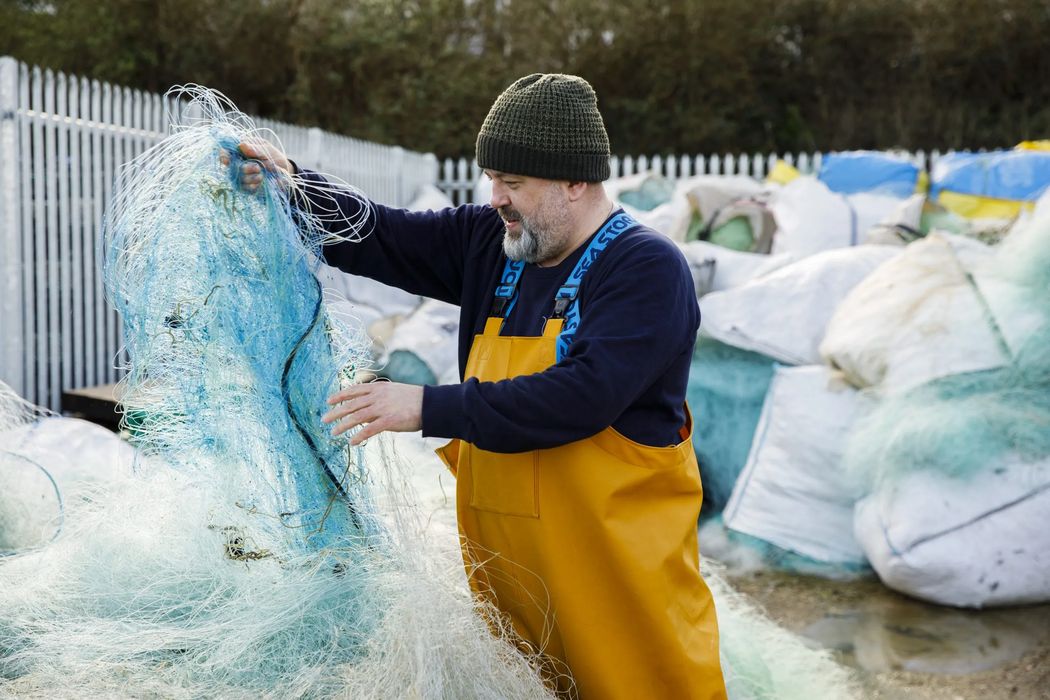
If you haven’t heard of Fishy Filaments, you will today.
The UK-based operation produces material that can be used in 3D printing, but there’s far more to the story. It’s quite an ambitious concept that could dramatically reduce plastic waste.
It’s about fishnets, a tool used worldwide by fishers. Typically these nets are made from PA6, a common 3D print material. Fishnets tend to last around six months of use, after which they must be replaced.
I initially thought the replacement might be due to breakage of the net, but instead it’s quite a different reason. Fishy Filaments explains:
“When they get to us the nets have typically been used by Cornish fishers for around 6 months. They are routinely swapped out because their surfaces become cloudy with age due to wear and the build up of an algal biofilm. With time and repeated use eventually the fish can sense them in the water and avoid them. Skippers can see their catches fall as their nets age and the economics of running a commercial fishing boat means that it makes sense to replace the net panels, but only the net panels. The rest of the fishable net; the floats, the weighted ropes, etc, are re-used many times over.”

This means there is a constant supply of used fishnets happening all over the world. According to Fishy Filaments, only 15-20% of this material is recycled, with the majority being waste or worse, left in the ocean where it breaks down into microplastics.
Fishy Filaments has devised an end-to-end system to produce recycled PA6 material. Their system has four stages:
- Net Collection, where they provide logistical method for reliable collection of discarded fishnets. The process is transparent and includes a complete chain of accountability.
- Net Grading, where they manually inspect incoming fishnets, remove any extraneous materials, and ensure the proper thermoplastics are present.
- Proprietary Plant, where the materials go through Fishy Filament’s recycling system to produce pellets for further use. The plant is designed to fit into a standard 40ft shipping container.
- Sales & Distribution, where the recycled pellets are transferred to companies for re-use. This includes filament manufacturers that produce 3D printer spools.
Currently Fishy Filament materials are used by Filamentum in their line of filaments. Filamentum offers two different fishnet PA6 lines, “Porthcurno” for aesthetic products, and “OrCA” for engineering usage. According to Filamentum, these materials are 100% recycled and reduce stage 3 CO2 emissions by 98%. They have also produced nylon powder for use in SLS equipment.
The company has been around since 2016 developing the process, and has been raised funds to begin scaling. Recently the company launched a crowdfunding investment campaign to obtain funds to start a 20t commercial plant. The campaign is now overfunded, but still receives investment.
This is an outstanding example of how plastic recycling can work in 3D printing. The key is to identify a reliable, consistent source of a specific thermoplastic, rather than attempting to sort out random materials from a specific 3D print operation.
Fishnets make this concept work.
Via Fishy Filaments, CrowdCube and Filamentum
